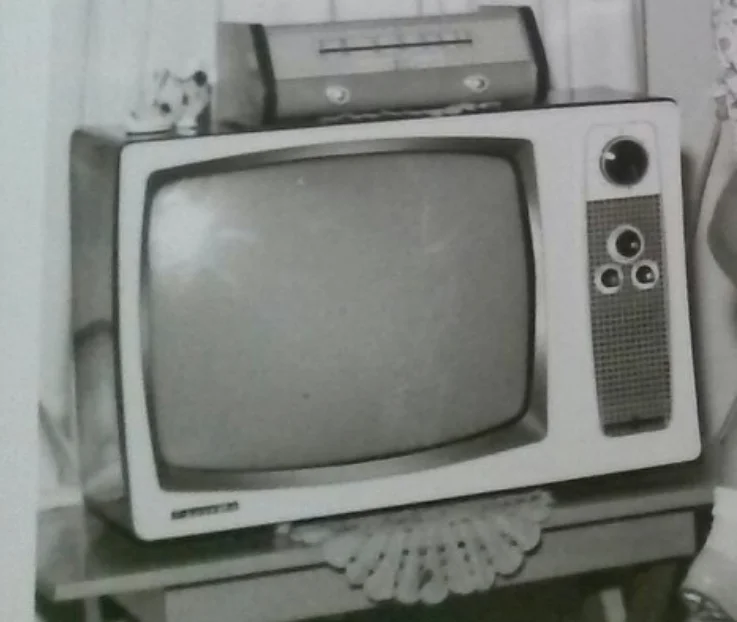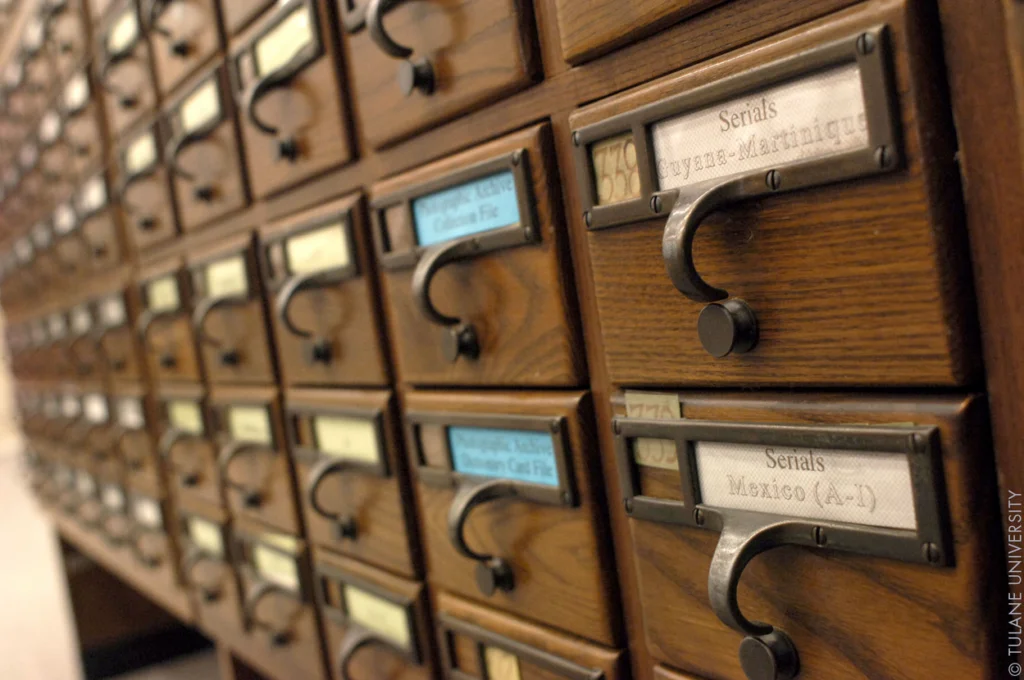Growing up in the 1970s was like living in a completely different world—a time of analog experiences that today’s digital natives would find almost unrecognizable. These were the days of hands-on interaction, when technology required actual physical effort and social connections happened face-to-face. Every day was filled with small rituals that seemed completely normal then but now feel like relics from a distant past.
1. TV Dial Gymnastics

Tuning a television meant a delicate dance of precision and patience, with each twist of the dial requiring surgical-like concentration. The rabbit ear antennas would wave like surrender flags, demanding constant adjustment to get a clear picture. Aluminum foil would often be strategically wrapped around the antenna tips, a makeshift signal booster that was part science, part desperate magic. Red Shark News recalls the TV dial as emblematic of some of the best programming on cable for all ages, and thus some of the best memories.
Family members would become human remote controls, with someone always assigned the critical job of standing near the TV and manually adjusting the antenna. The perfect picture was a collaborative family effort that required teamwork, communication, and sometimes creative problem-solving. Getting all three networks to come in clearly was considered a significant household achievement.
2. Waiting for the TV Guide

Before streaming and on-screen guides, the TV Guide was a sacred text that arrived weekly like a biblical scroll of entertainment possibilities. Families would circle upcoming shows with ballpoint pens, creating a family viewing strategy that required planning and negotiation. The small magazine became a centerpiece of living room discussions, with everyone debating which shows were worth watching. It’s About TV offers a thoughtful retrospective on the first 25 years of this integral text, putting into perspective just how impactful it was for so long.
Collecting and protecting the TV Guide was an art form in itself, with some families keeping them in special holders or designated spots to prevent loss or damage. The tiny grid of show times was more than just a schedule—it was a window into potential entertainment and a map of cultural experiences. Kids would spend hours studying the listings, dreaming about upcoming specials and movie events.
3. Phone Cord Choreography

Landline phones came with incredibly long, spiraling cords that became an extension of teenage communication strategies. Conversations would involve elaborate dance-like movements, stretching the cord to its absolute limit to find a private speaking space. The art of phone cord management was a skill passed down through generations. For an extra dive down memory lane, CBS News explores the full evolution of the telephone across history, putting into perspective just how far we’ve come and called.
These cords would inevitably become tangled masterpieces of telecommunications chaos, requiring careful untangling techniques that were part patience, part engineering. Parents would dramatically sigh when teenagers would wrap themselves in these cord labyrinths, creating private speaking bubbles in the most public of spaces. The phone cord was both a communication tool and a personal performance art.
4. Mixtape Creation Ceremony

Making a mixtape was a serious artistic endeavor that required hours of careful song selection, precise timing, and emotional intelligence. Each tape was a carefully curated musical journey, with songs chosen to express feelings that were too complex for mere conversation. The pause button became a surgical instrument, allowing for perfect recording and minimal DJ chatter.
Recording required absolute silence and concentration, with family members being shushed and external noises carefully managed. The process involved sitting by the radio or record player, fingers hovering over the record button, waiting for the perfect moment to capture a song. A successful mixtape was considered a profound act of personal expression and romantic communication.
5. Saturday Morning Cartoon Ritual

Waking up early was not a chore but a cherished weekend tradition for children of the ’70s, with Saturday morning cartoons being the ultimate reward. Kids would wake before parents, creating a silent choreography of cereal pouring and cartoon watching. The living room would transform into a sanctuary of animated entertainment.
Cartoon watching involved specific protocols—the right cereal, the perfect blanket, and the optimal viewing position. Different networks had distinct cartoon blocks, and children became experts at navigating these schedules. This was a communal experience that bound children together through shared pop culture moments.
6. Smoking Section Negotiations

Restaurants and public spaces were divided into smoking and non-smoking sections, creating elaborate social dance of seating arrangements. Ashtrays were standard table accessories, and the act of smoking was a complex social ritual with its own etiquette and unspoken rules. People would casually negotiate seating based on their smoking preferences.
The smoking section was a unique social space where conversations happened, business deals were made, and relationships were negotiated. Cigarette brands were status symbols, and the act of offering a cigarette was a form of social currency. These spaces were thick with a haze that seemed both sophisticated and dangerous.
7. Card Catalog Navigation

Libraries were labyrinths of knowledge that required serious investigative skills to navigate successfully. The card catalog was a wooden monument to information organization, with tiny drawers filled with meticulously typed index cards. Finding the right book was an adventure that required patience, strategy, and sometimes a librarian’s assistance.
Each drawer represented a universe of potential knowledge, with cards color-coded and organized with mathematical precision. The act of searching through these drawers was a meditative process, requiring physical engagement with information retrieval. Librarians were revered as information gatekeepers who could unlock these mysterious systems.
8. Roller Rink Social Dynamics

Roller skating was more than a sport—it was a complex social ecosystem with its own rules, hierarchies, and romantic possibilities. The roller rink was a perfectly controlled environment where teenagers could interact under supervised but relatively free conditions. Skating required skill, and those who could move smoothly were considered social royalty.
The disco ball would spin, casting magical light patterns across the wooden floor, transforming an ordinary space into a fantasy realm. Couples would skate together during special couples-only songs, creating moments of teenage romantic tension. The roller rink was a microcosm of social interaction, complete with its own unique soundtrack.
9. Album Cover Appreciation

Music wasn’t just about sound—it was a visual and tactile experience centered around vinyl record albums. People would spend hours studying album artwork, reading liner notes, and examining every visual detail that accompanied the music. The album cover was considered an art form in itself, often displayed like a treasured painting.
Collecting albums was a serious hobby that required financial investment and curatorial skills. Teenagers would arrange their album collections like museums, with careful attention to organization and presentation. Each album represented not just music, but a piece of personal identity and cultural expression.
10. Drive-In Movie Protocol

Going to a drive-in movie was a complex social ritual that involved careful preparation and unspoken etiquette. Families would arrive early, selecting the perfect parking spot with surgical precision to ensure the best sound and view. The speaker would be carefully hung on the car window, creating a personal sound bubble.
Drive-in movies were more than just film screenings—they were social events that allowed for unique interaction styles. Teenagers would use the darkness and relative privacy as a space for romantic interactions, while families would create cozy viewing environments inside their vehicles. The experience was a perfect blend of public and private entertainment.
11. Polaroid Moment Choreography

Taking a Polaroid photograph was a performance art that required specific skills and patience. Each photo was a precious commodity, with people carefully posing and waiting through the developing process. The shake and wait ritual became a communal experience, with everyone gathering to watch the image slowly emerge.
Polaroid cameras transformed ordinary moments into magical memories that could be instantly preserved. Unlike modern digital photography, each shot was carefully considered due to the cost and limited number of photos. The physical act of watching an image develop was a form of visual alchemy.
12. Rotary Phone Communication Ballet

Using a rotary phone was a deliberate, time-consuming process that required physical engagement and patience. Each number required a full rotation, with the dial spinning back to its original position before the next number could be dialed. Mistakes meant starting the entire dialing process over again.
Long-distance calls were strategic events that required financial planning and careful time management. Family members would gather to make important calls, turning communication into a collective experience. The sound of a rotary phone dialing was a distinctive musical sequence that signaled important communication.
13. Transistor Radio Treasure Hunt

Finding a good radio station was an adventure that required constant dial adjustment and signal hunting. Teenagers would spend hours turning the small dial, searching for the perfect music station with the clearest reception. The transistor radio was a personal portal to musical discovery.
These tiny radios were constant companions, providing a soundtrack to everyday life through tinny, sometimes staticky speakers. Finding a station with good reception was considered a skill, with certain locations in a house or neighborhood offering better signals. The transistor radio represented personal freedom and musical exploration.
More than just a collection of memories, these rituals represent a time of physical engagement with technology and social interaction. They remind us of a world where experiences were tactile, communal, and required genuine human effort. In our current digital age, these moments feel both charmingly antiquated and profoundly meaningful.


